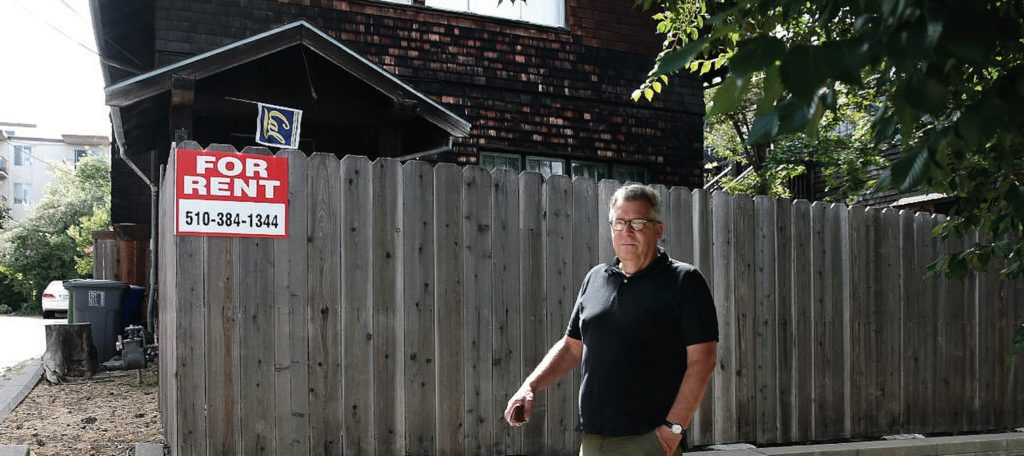Since its founding in 1868, the University of California has been committed to making higher education accessible to everyone. In the last few years, it has received a record-breaking number of undergraduate applicants, and in response, it has increased enrollment. But have resources expanded to match student growth?
According to Berkeley’s 2005 Long Range Development Plan, Cal was projected to enroll around 33,000 students in 2020—it ended up enrolling more than 42,000, which spurred a local neighborhood group’s lawsuit against the university. Currently, the Berkeley campus provides fewer than 10,000 beds for some 45,000 students.
Berkeley’s faculty hasn’t grown to match enrollment either, notes campus spokesperson Dan Mogulof, who adds that nearly half of students are now concentrated in a handful of majors. He acknowledges that this has impacted class availability for students.
Computer science major Cyrus Bugwadia ’23 is one of those students. He has struggled to find space in smaller, upper division courses but also noted that lower division courses tend to be huge. And while resources such as study guides are available to help students manage, “it can be harder to receive one-on-one attention or support from staff.”
While he has felt “decently supported overall,” Bugwadia describes his academic experience as a “mixed bag” and worries that it is “bound to get worse.” He says something needs to change.
For Cordelia Frykman ’24, an out-of-state student who completed her freshman year remotely, not receiving a housing offer as a sophomore who was new to the area made her move to Berkeley frustrating. By the time she was notified of her lack of housing status, most students had already secured their own arrangements.
“I didn’t [find] housing until about a week before classes started,” Frykman says.
Mogulof says the campus does not control its enrollment, nor does it benefit financially from its expansion. Rather, the UC Board of Regents and state lawmakers determine enrollment increases.
“The campus is strained,” Mogulof says. “It’s not interested in increasing in size, particularly now, particularly when our faculty hasn’t grown, particularly when our facilities are stretched, particularly when our housing resources are few.” At the same time, Mogulof says restricting enrollment is “problematic,” given the well-established benefits of a UC education, both to individuals and society as a whole. “[The UC system is] a way of raising the standard of living and the socio-economic horizons and conditions for the population—all the things that politicians and leaders want to do,” Mogulof says.
But students like Bugwadia and Frykman, caught in the middle of that tension, are frustrated. “We can only provide a ‘well-educated population’ if the proper resources are allocated for such a population to be well-educated,” Bugwadia says.
Nevertheless, UC intends to expand enrollment still further, with the goal of adding more than 23,000 students to the system by 2030—comparable to adding an eleventh campus. To accommodate such growth, UC will rely on a multiyear funding commitment from the state, and the UC 2030 Capacity Plan notes that campuses will have to leverage “ non-traditional growth strategies” such as study abroad and online courses.
While UC insists these measures won’t affect the quality of education, there is reason to believe otherwise. The UC Undergraduate Experience Survey, offered every two years, shows an increase in student dissatisfaction with their academic experience and an uptick in students who say they would not re-enroll.
If UC doesn’t have the means to expand but is determined to make education accessible, Frykman suggests it prioritize. “I think the school should put more effort into looking at who actually needs student housing versus who wants it,” she says, noting that some Cal students live in their cars. “If there’s not enough resources to go around as it is, the people who really need [them] should get them first.”
For my part, I am extremely grateful for the opportunity to receive an education at Berkeley. But while I easily enrolled in prerequisite classes as a junior transfer student, I now struggle to get the courses I need to graduate.
As students, we should be focused on our education, not worrying about resources. Increasing educational opportunities is a laudable goal, but the university should attend to the needs of current students before it enrolls even more students who will face similar struggles, or worse. For the UCs to retain their standing among the greatest universities in the world, they must focus on quality—not quantity—first and foremost.
A UC education should be better than a “mixed bag.”
Dhoha Bareche ’23 is California’s student columnist for the 2022–23 academic year. Are you a student? Want to be our next columnist? Send a note introducing yourself to californiamag@alumni.berkeley.edu.
…
California magazine is an editorially independent non-profit magazine. We need your support to keep producing award-winning journalism about the world of Berkeley and Berkeley in the world. Please consider a donation (link) in any amount. Fiat Lux and Go Bears!





















